COPAN: MAYA RUINS
archaeologists have found out that the mayan city was significant during the "classical" period from the fifth to the 9th century, the capital of a local kingdom, at the south-eastern border of the maya empire. however, it was already settled during the "pre-classic" period, from around 100 onwards. in its prime time the populations seems to have been 8000 people, and 20000 for the kingdom.
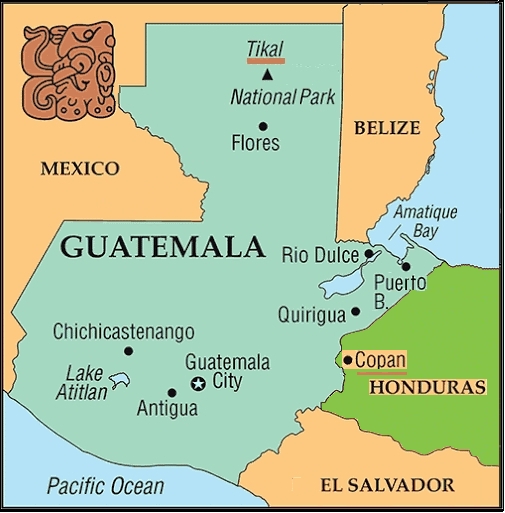
yet around 900 coban collapsed. the detection and investigation of the historic town began in 1830. it soon became obvious that coban's river had destroyed part of the acropolis; it was then diverted. excavations became serious in 1890.
the ruins of coban were more or less covered by trees, small ones and large ones. even nowadays, after more than 100 years of archaeologic works, it looks like that in many locations.
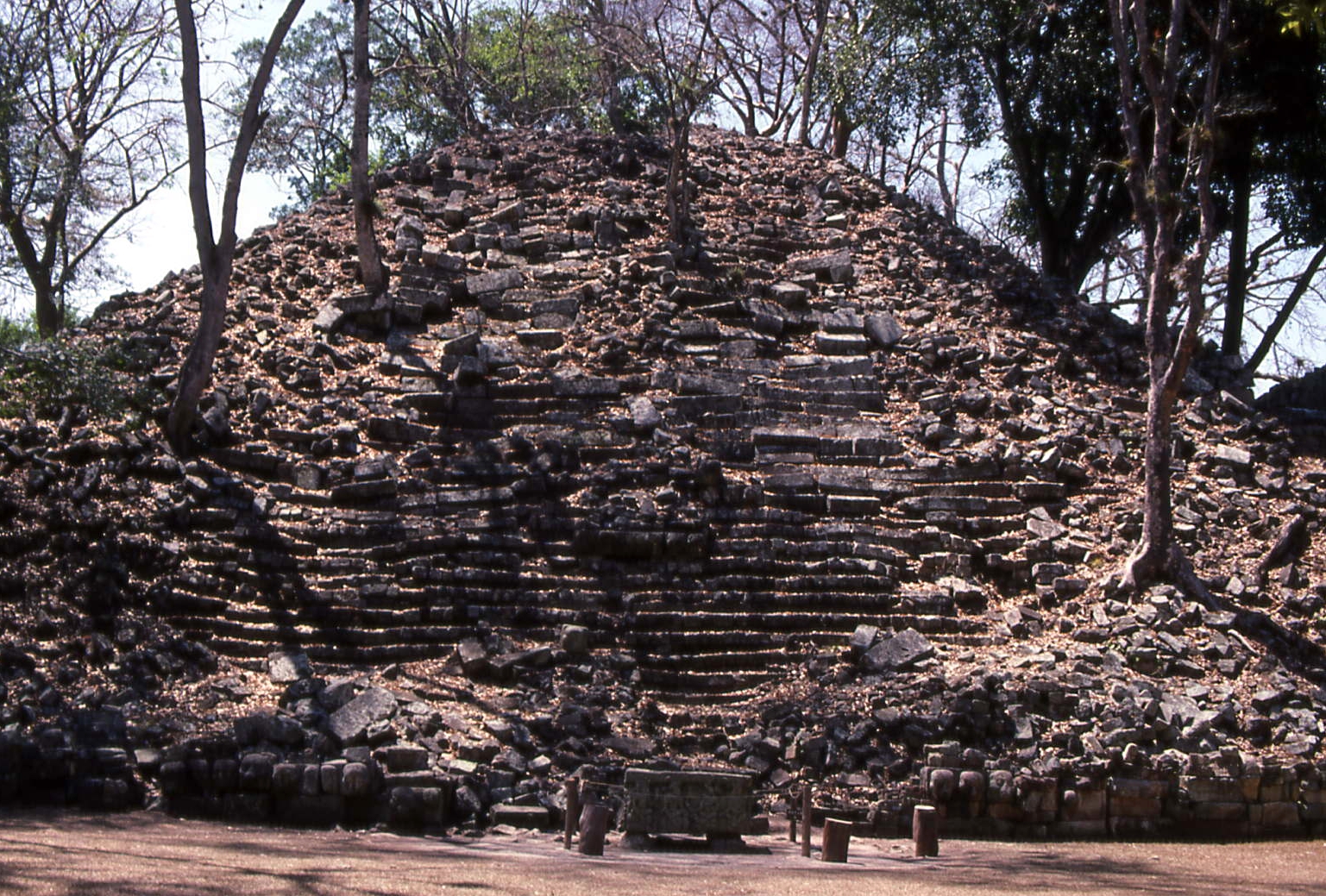
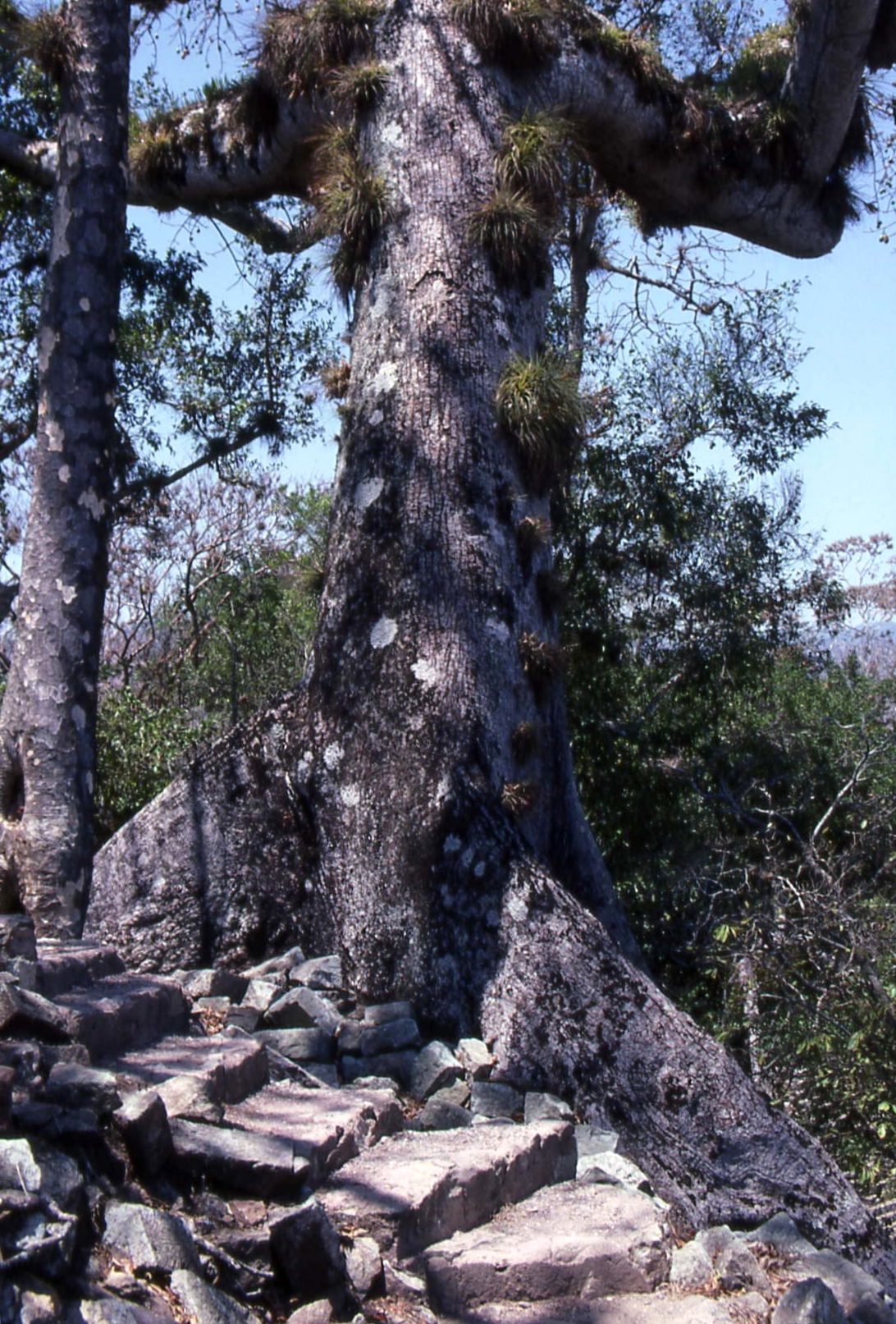
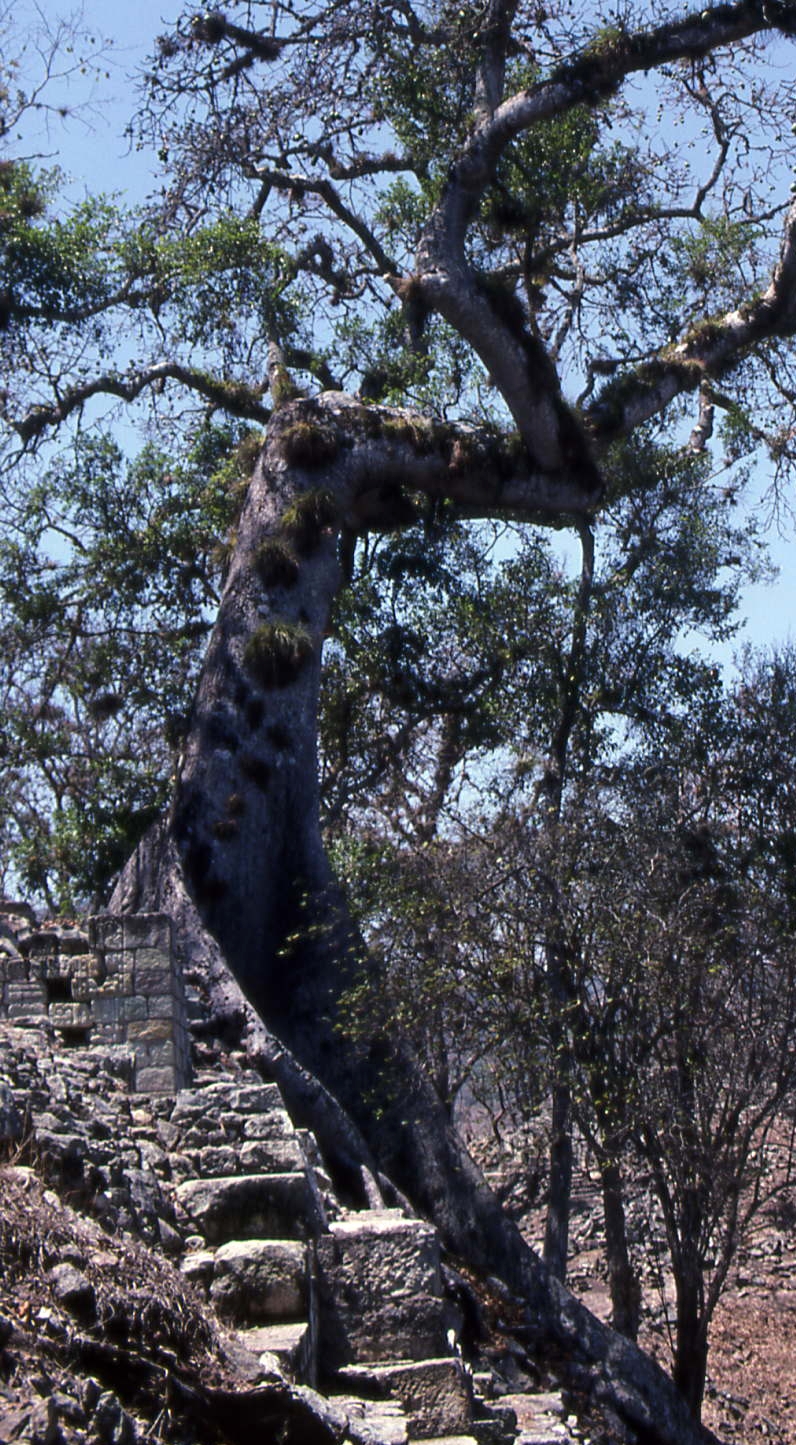
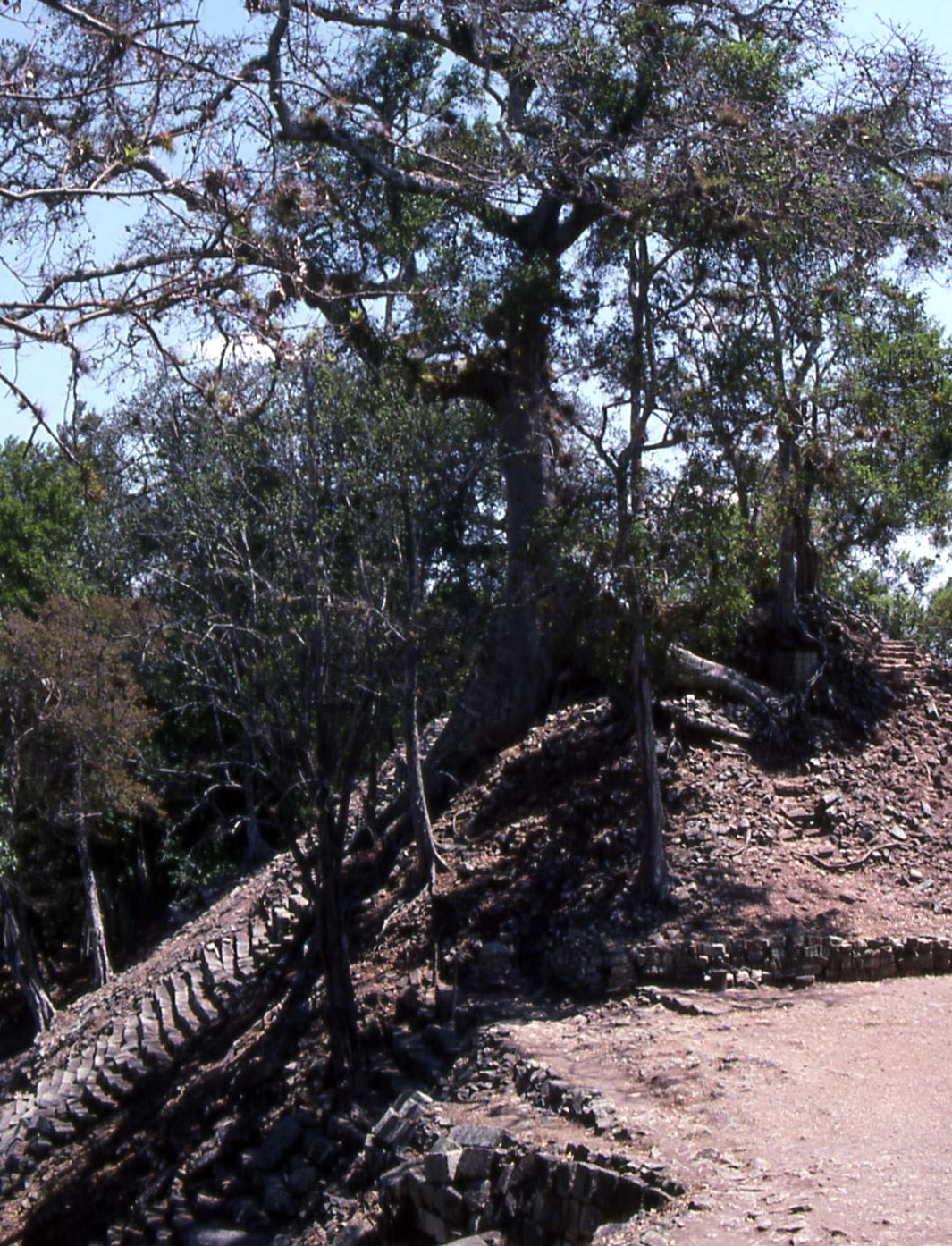
this is one of the largest remaining and 'digged out' buildings in copan.
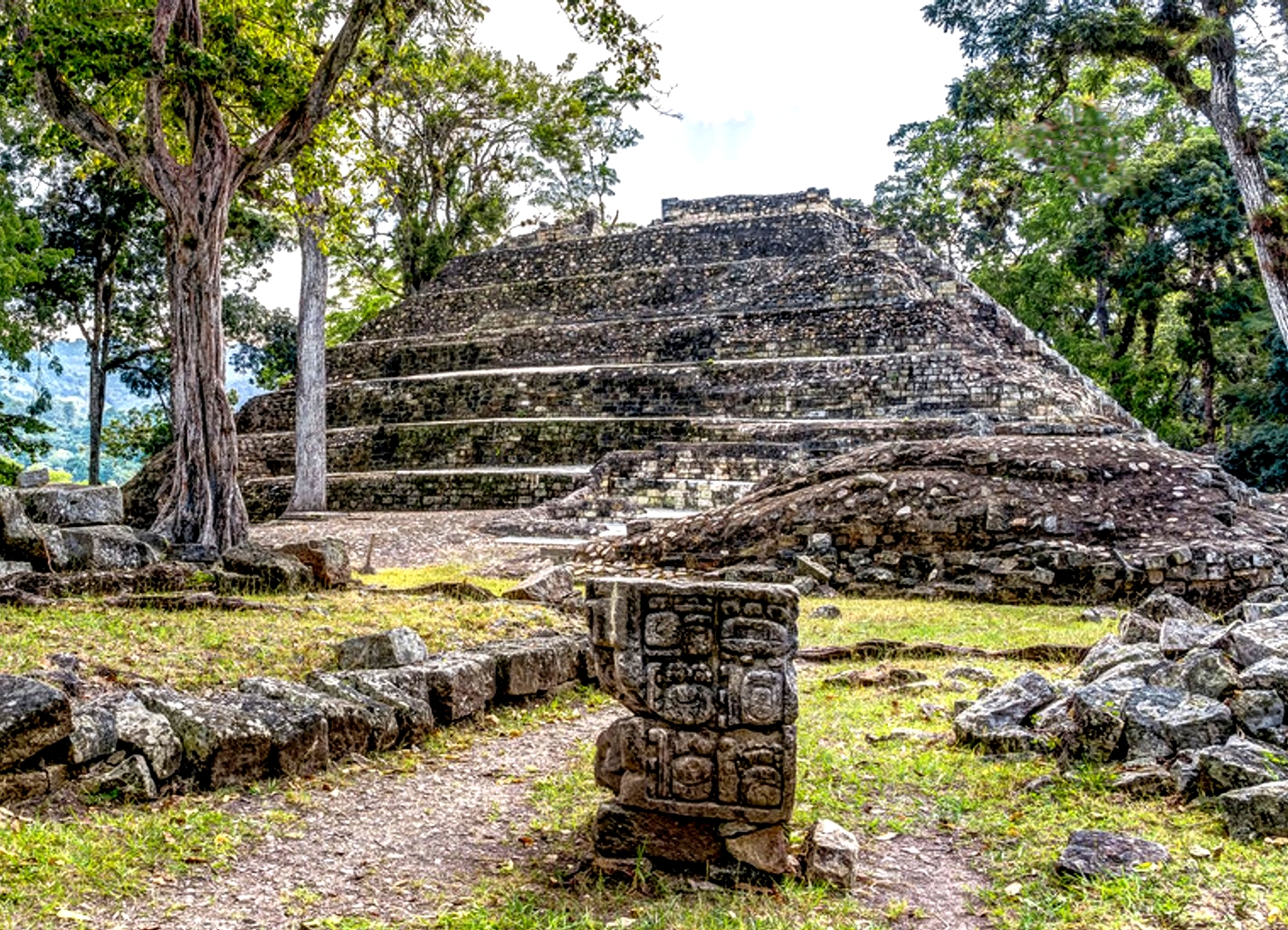
the following sketch is a model of copan's main venues made by archaeologists.
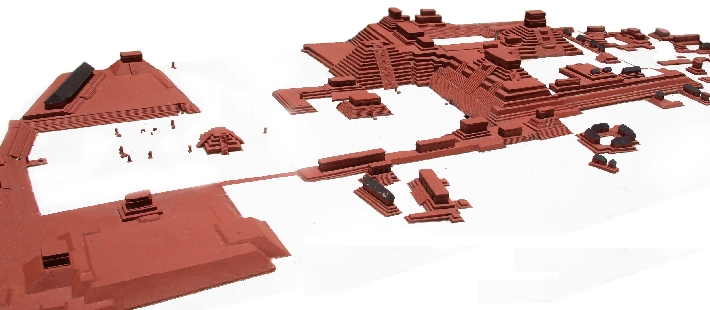
best remains are buildings which were covered by soil, and not exposed to jungle trees. several of the steep stairs have survived well, including figures on them. there is also a kind-of bridge, built in basic engineering.
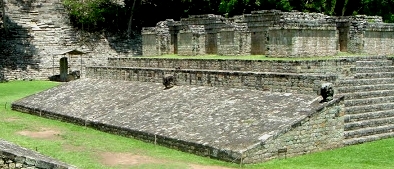
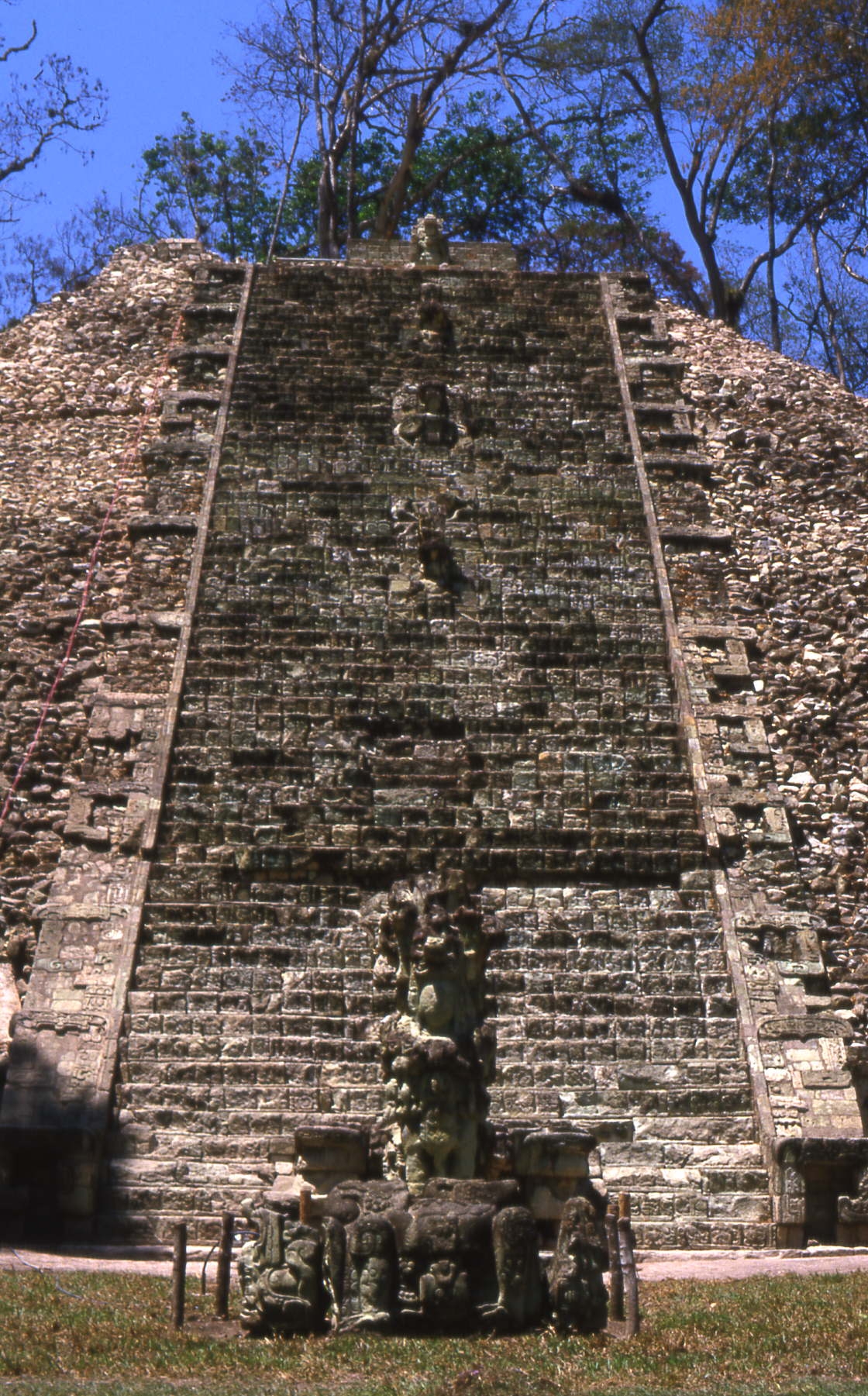
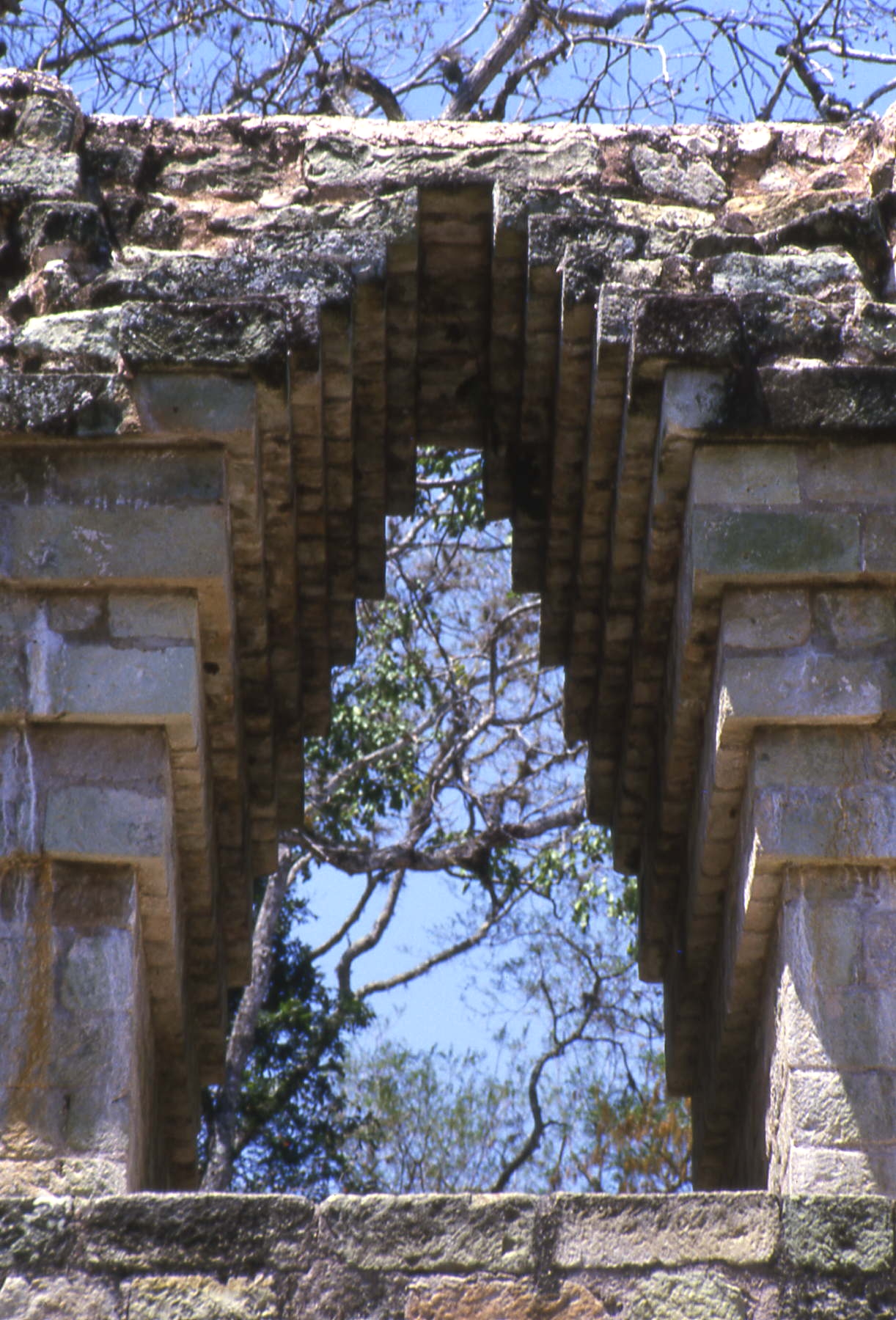
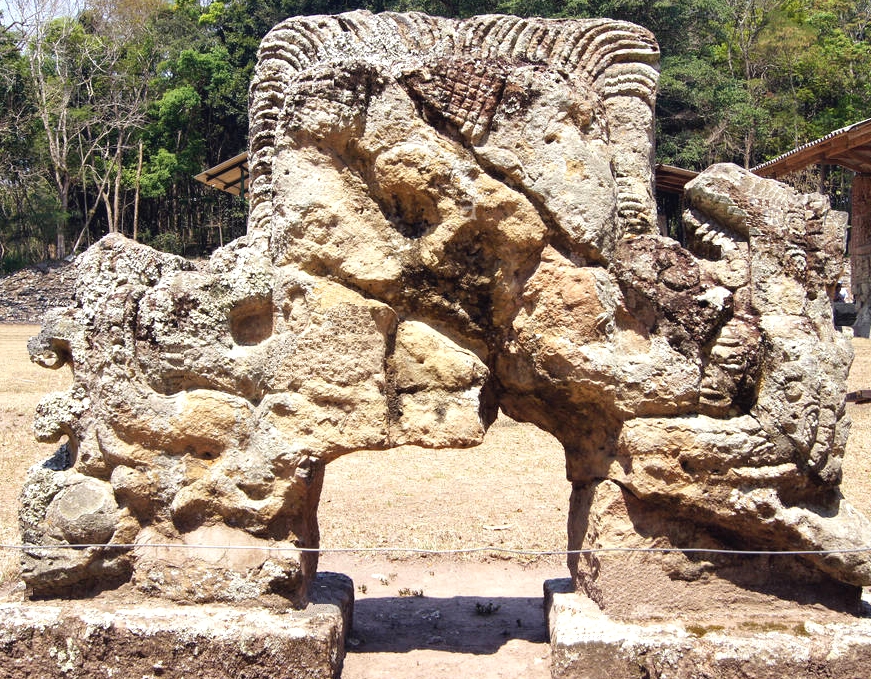
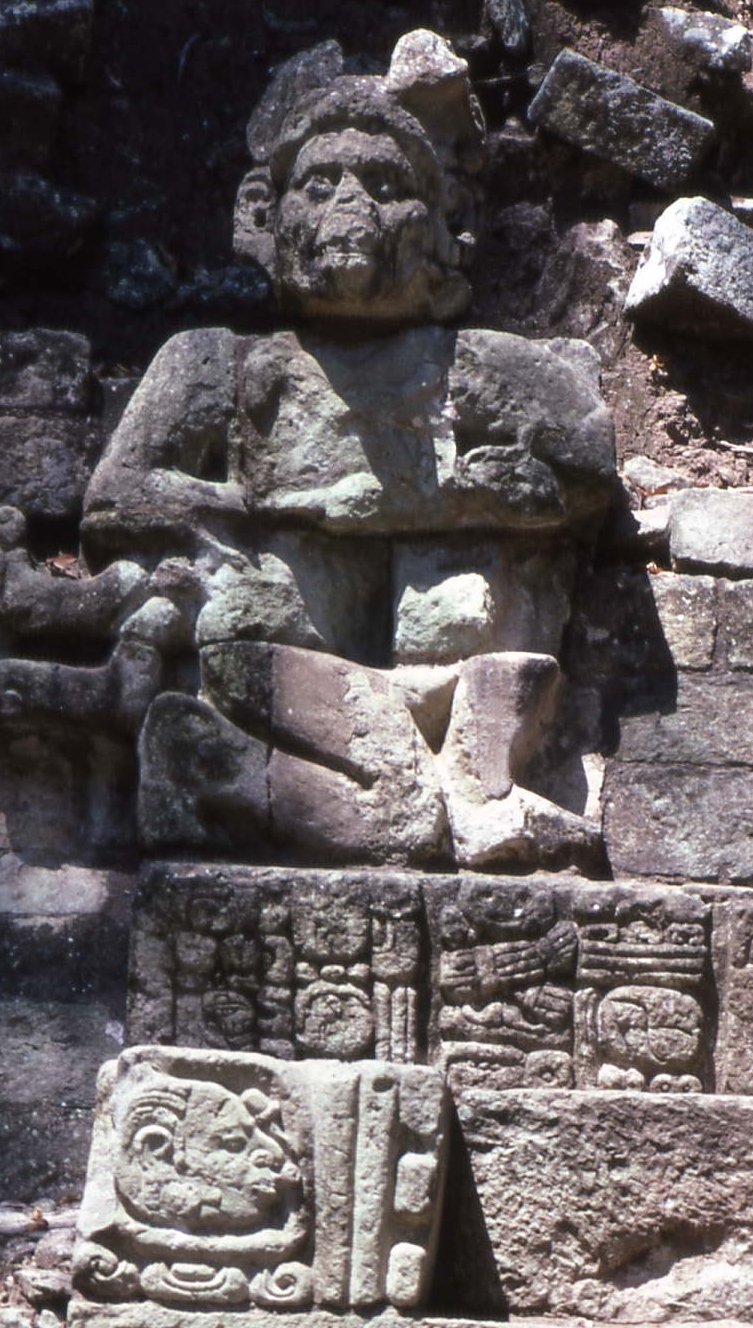
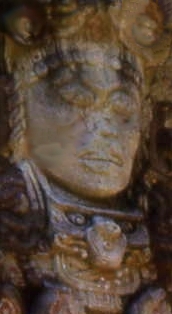

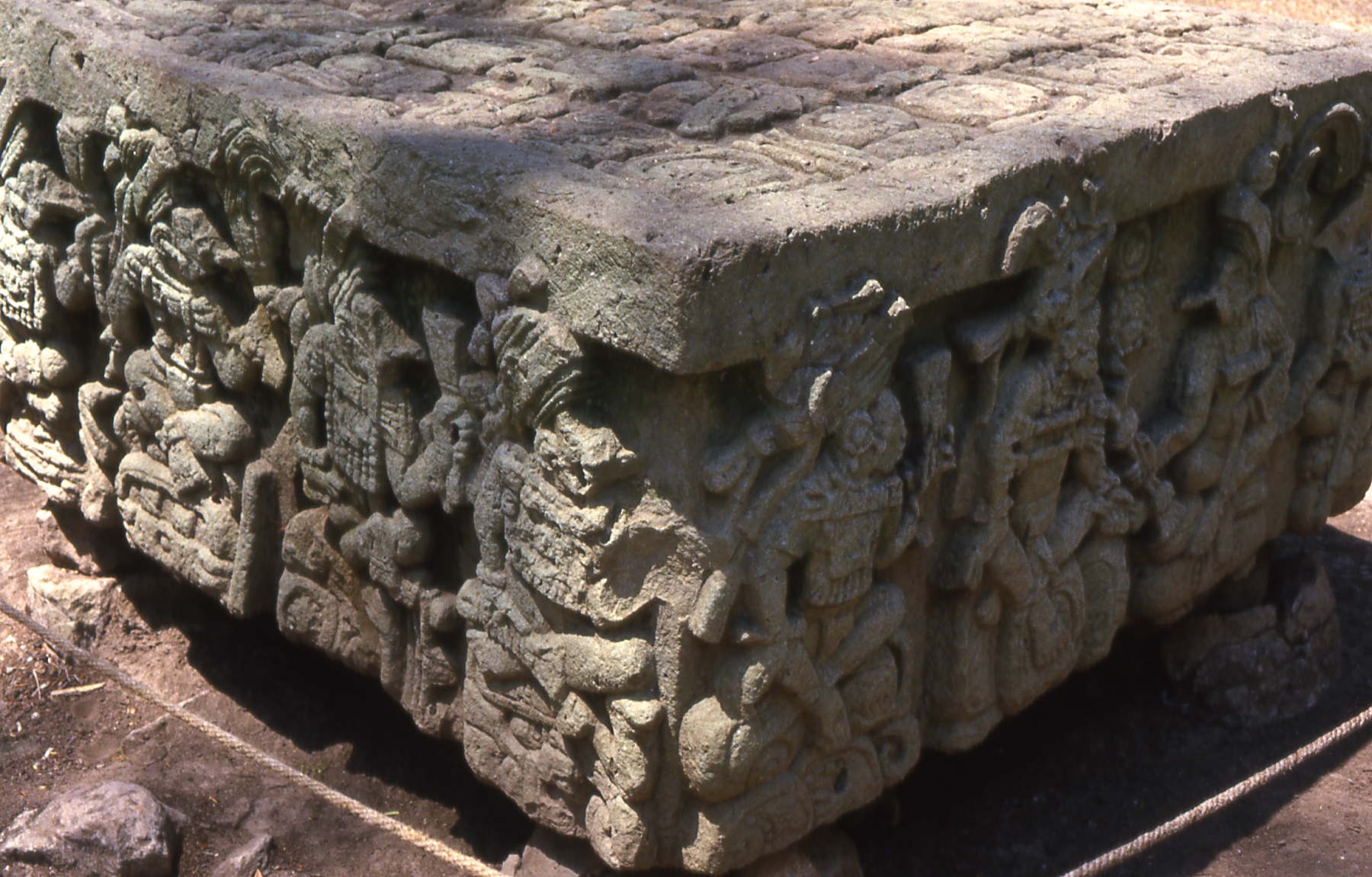
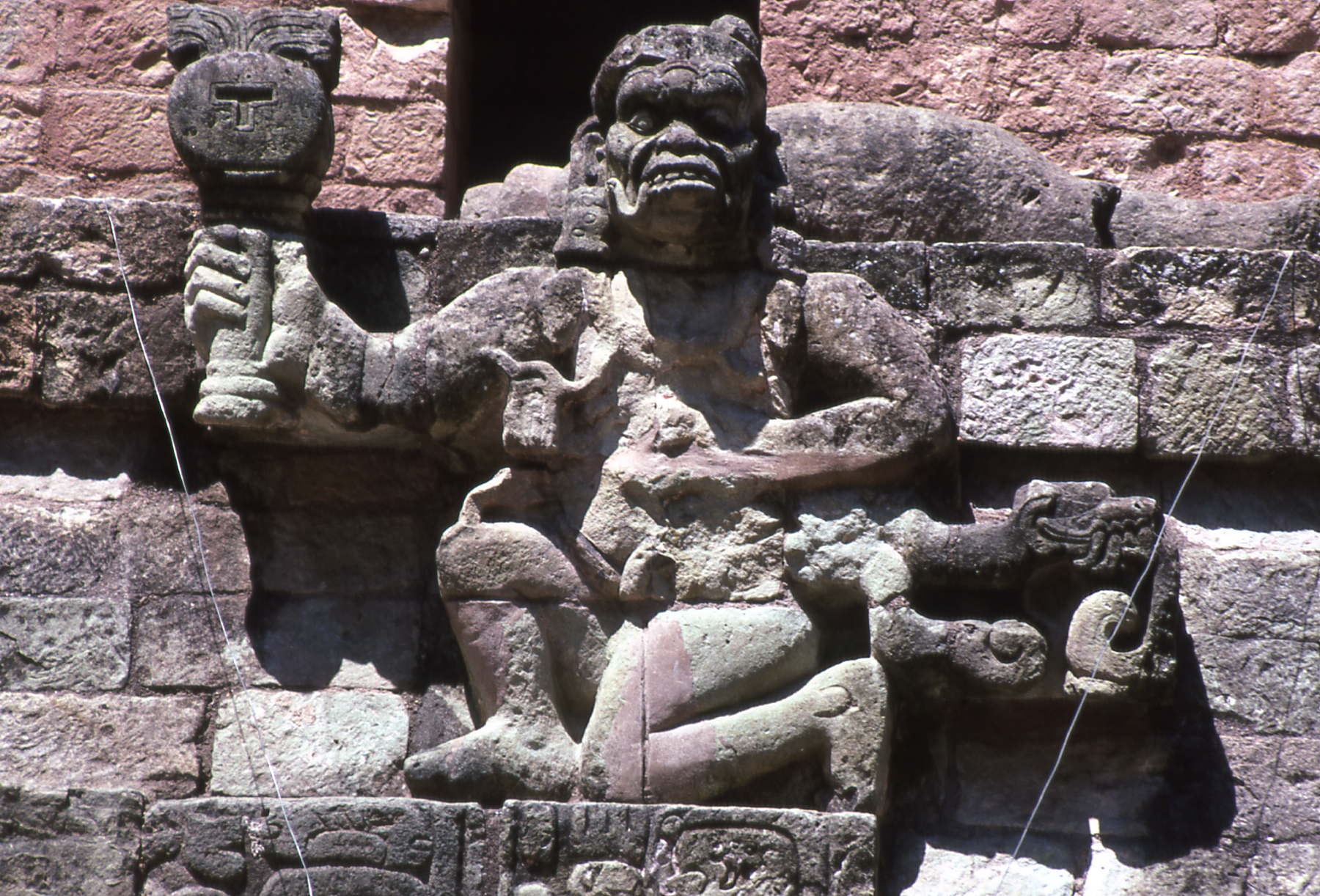
on the central area of copan many steles were placed. they are very well handcrafted, and often contain impressive portraits of humans or religious figures or animals.
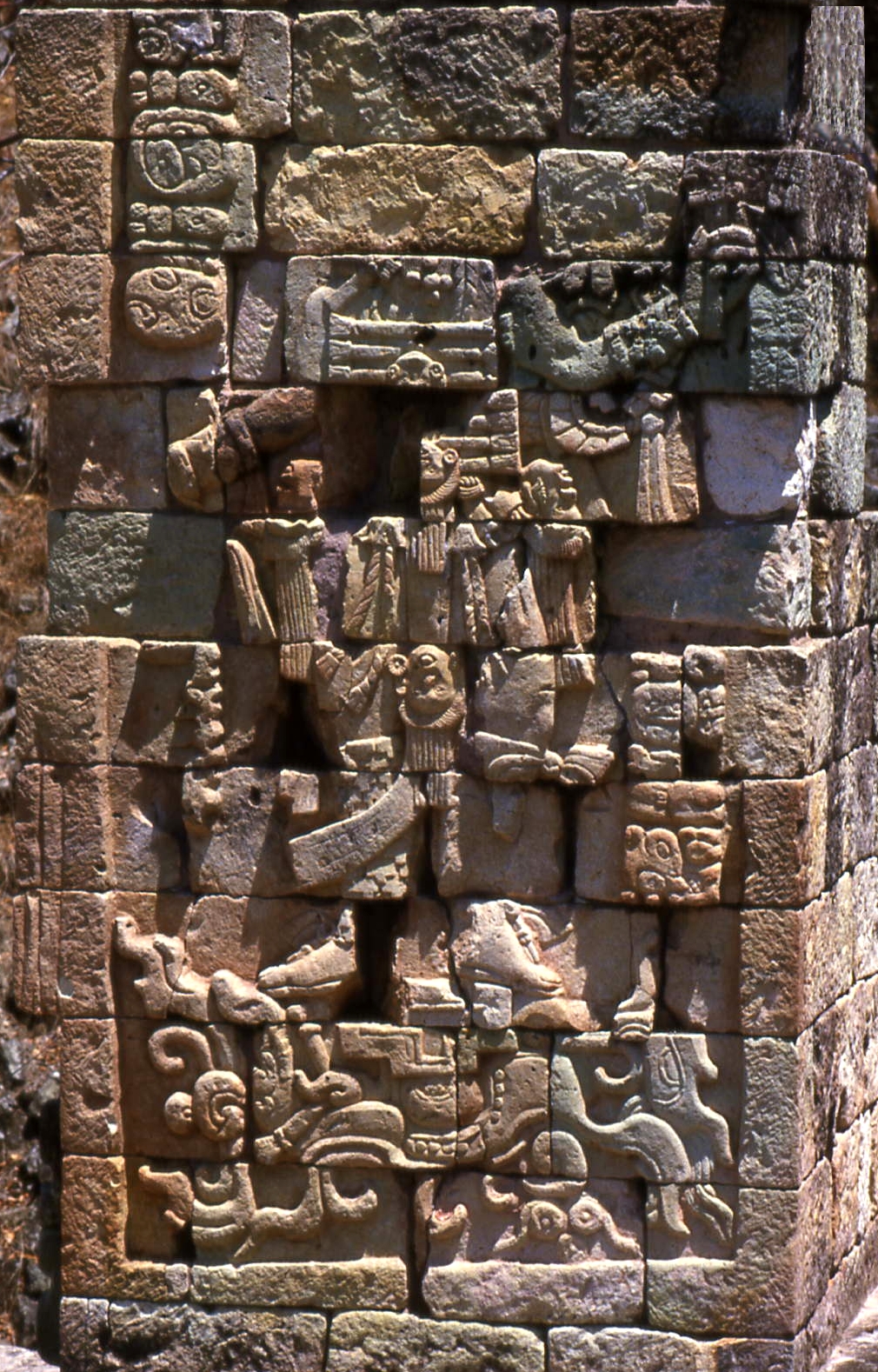
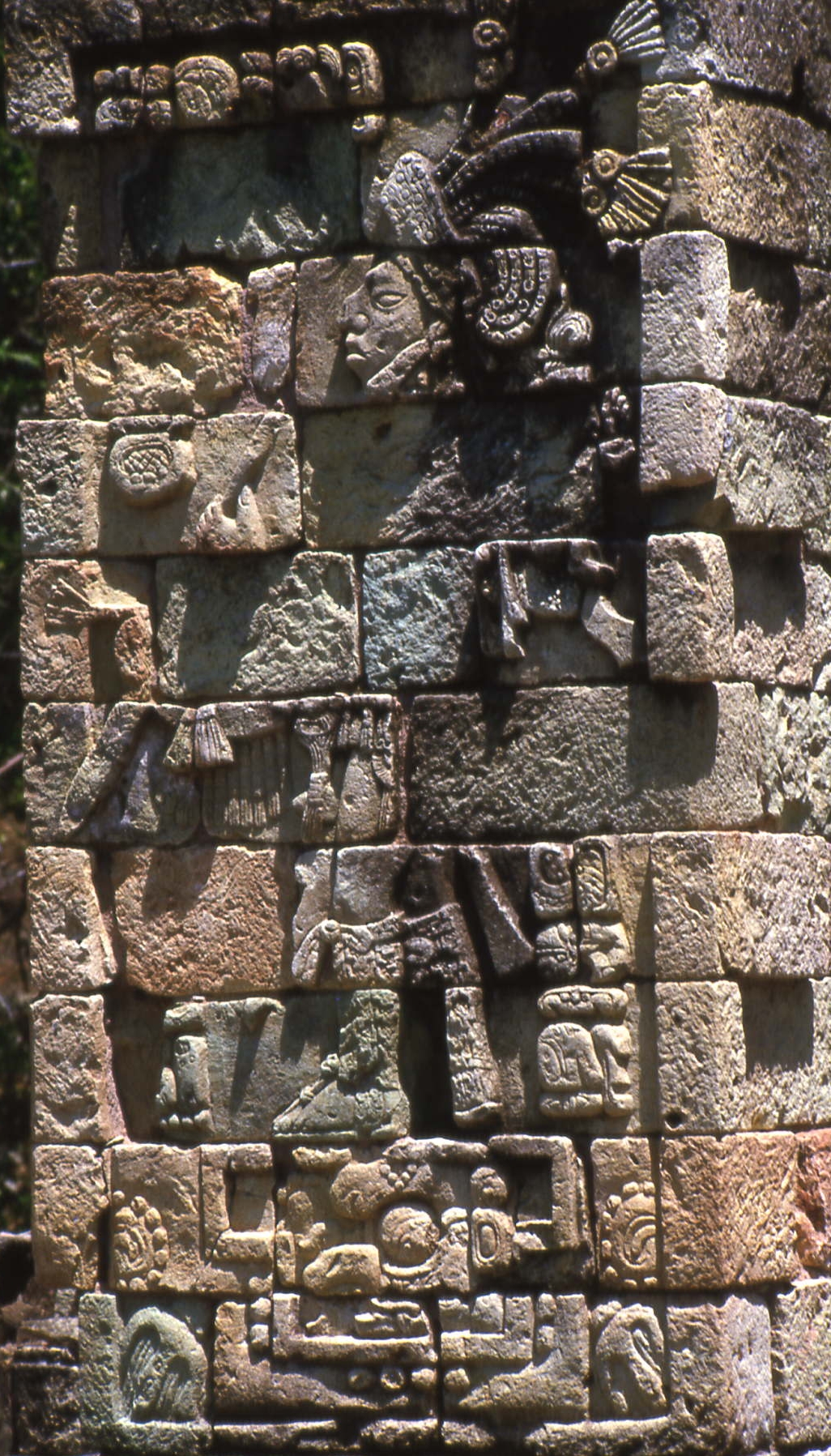
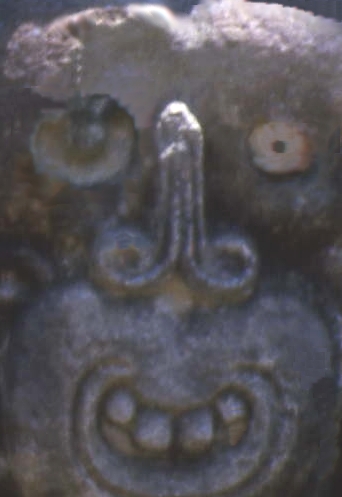
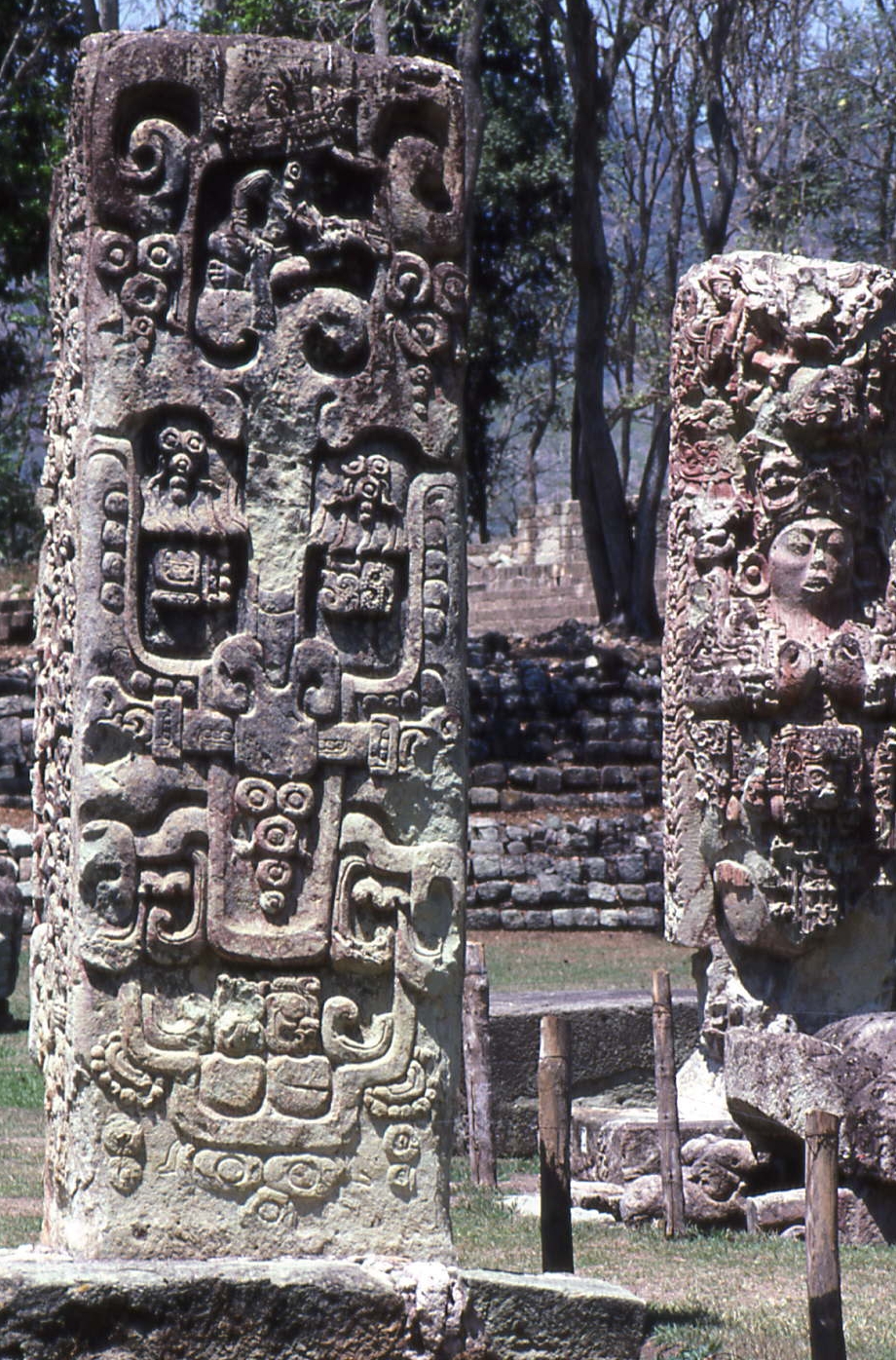
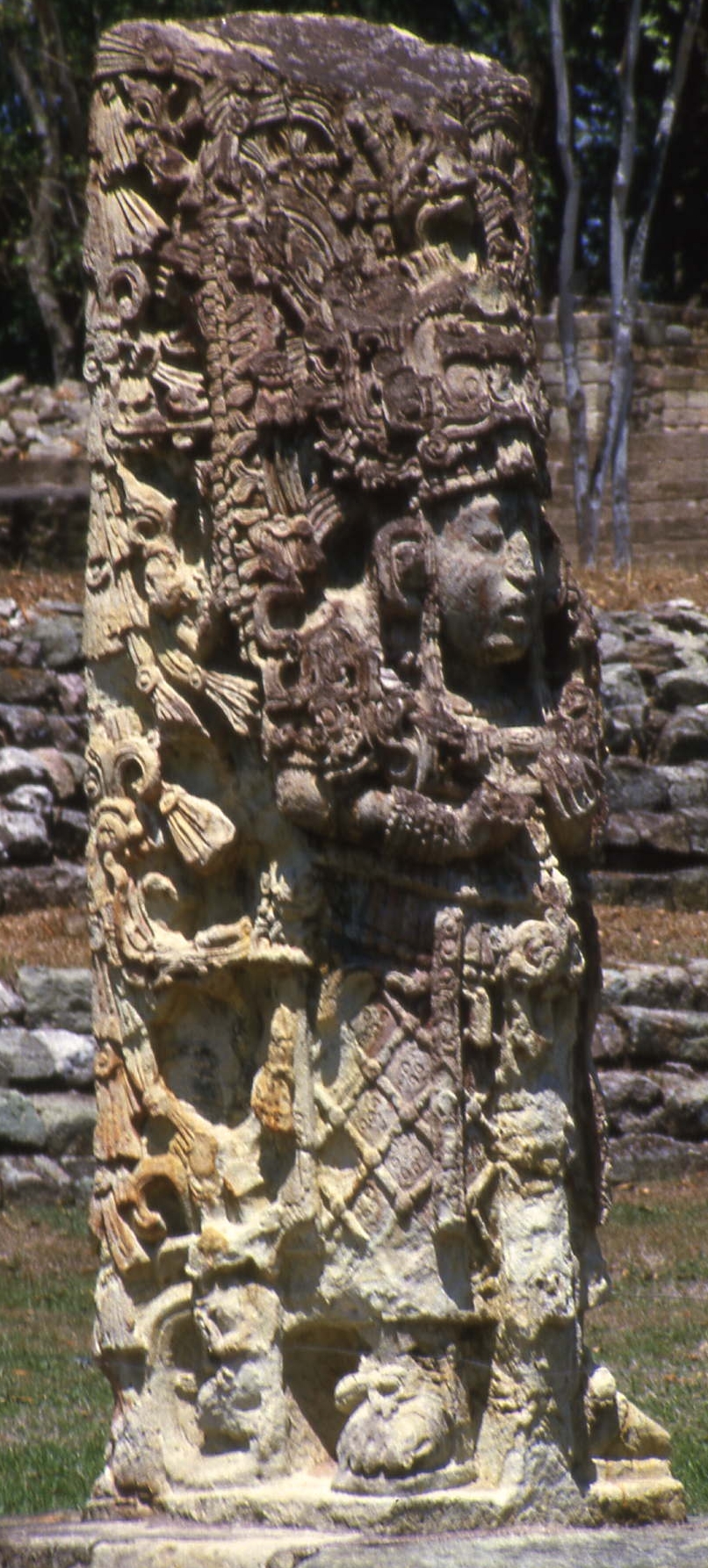
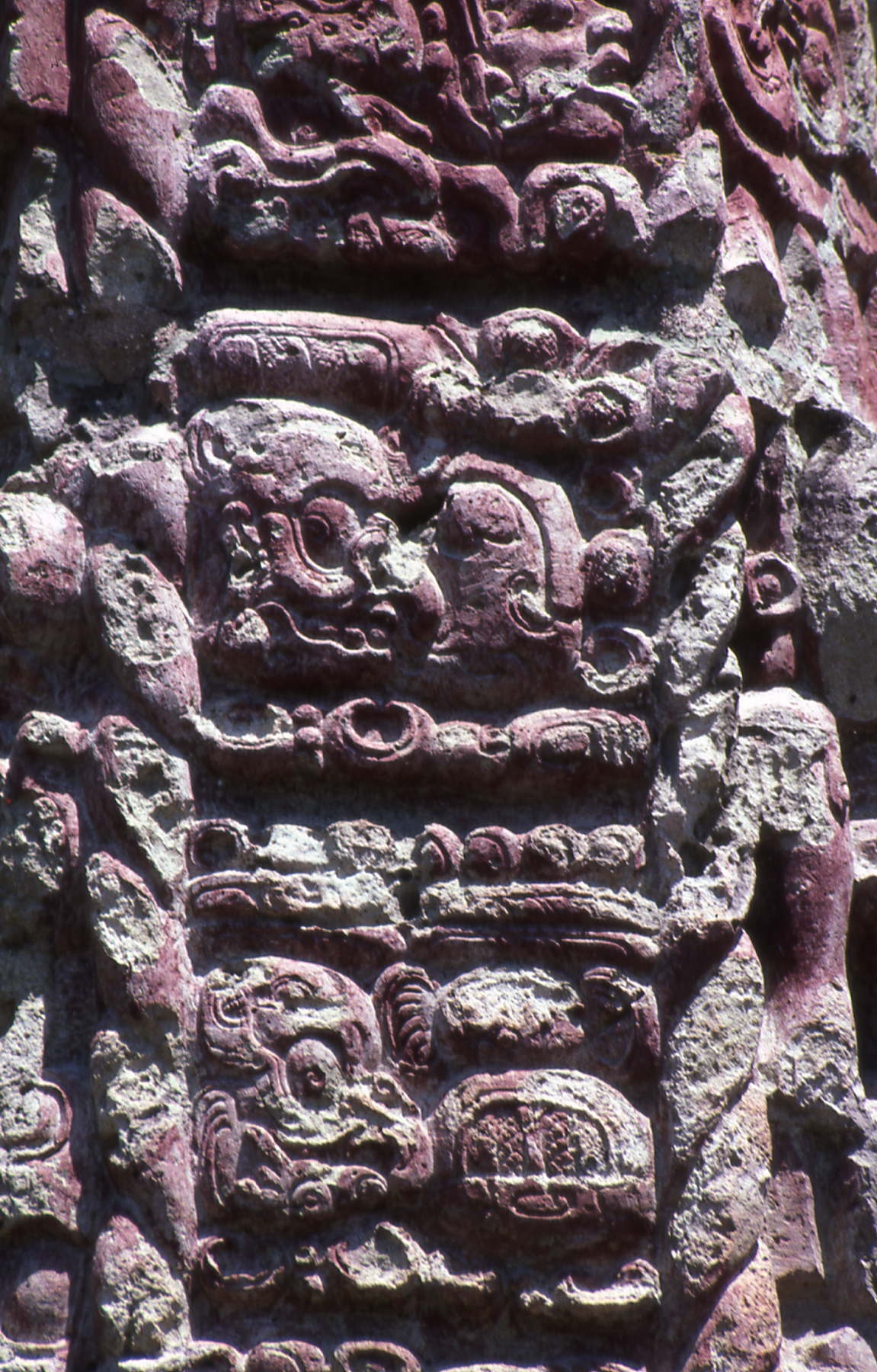
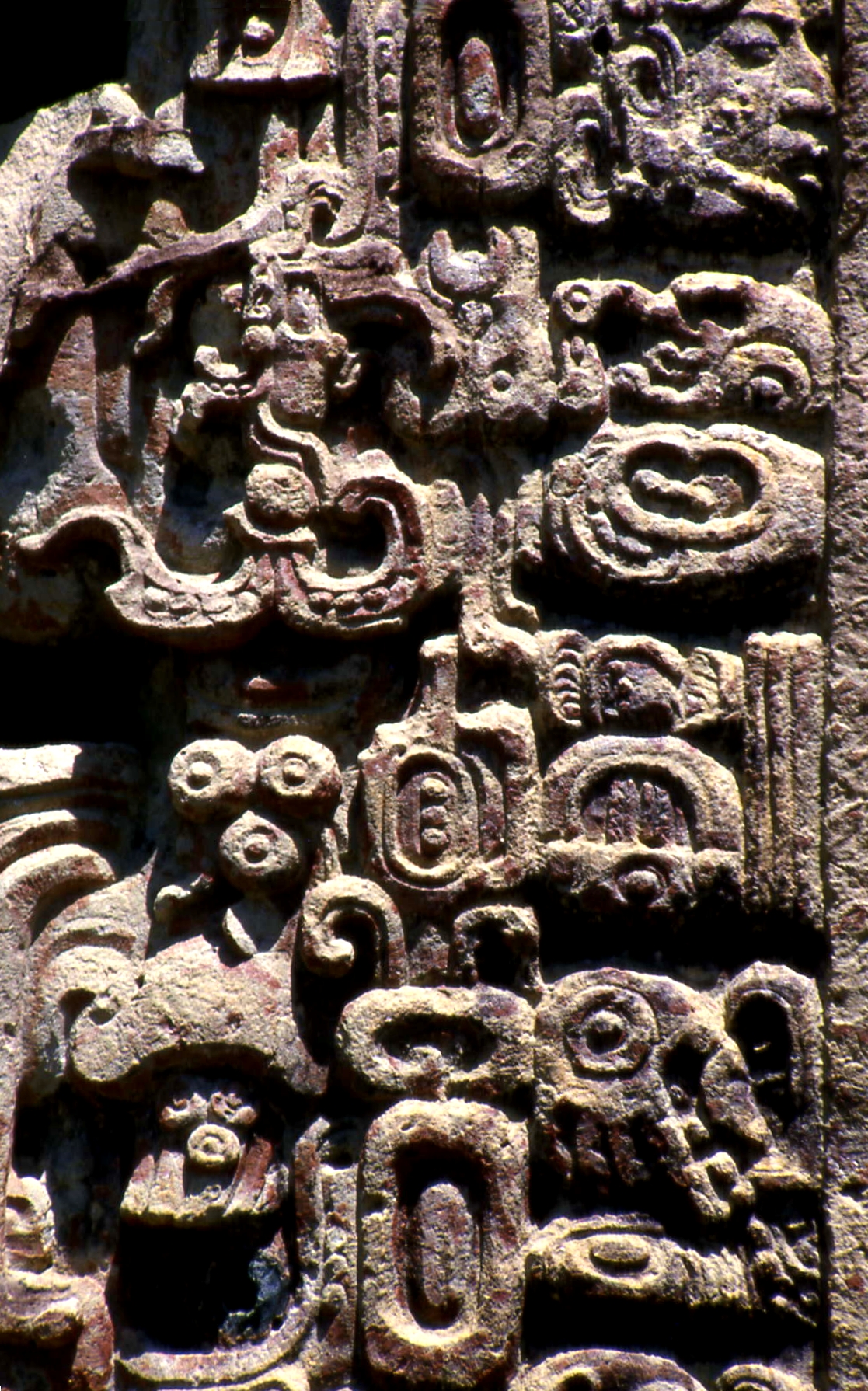
and on the huge stairs to go up to the tempel on top sometimes sit lions, rather cute ones.
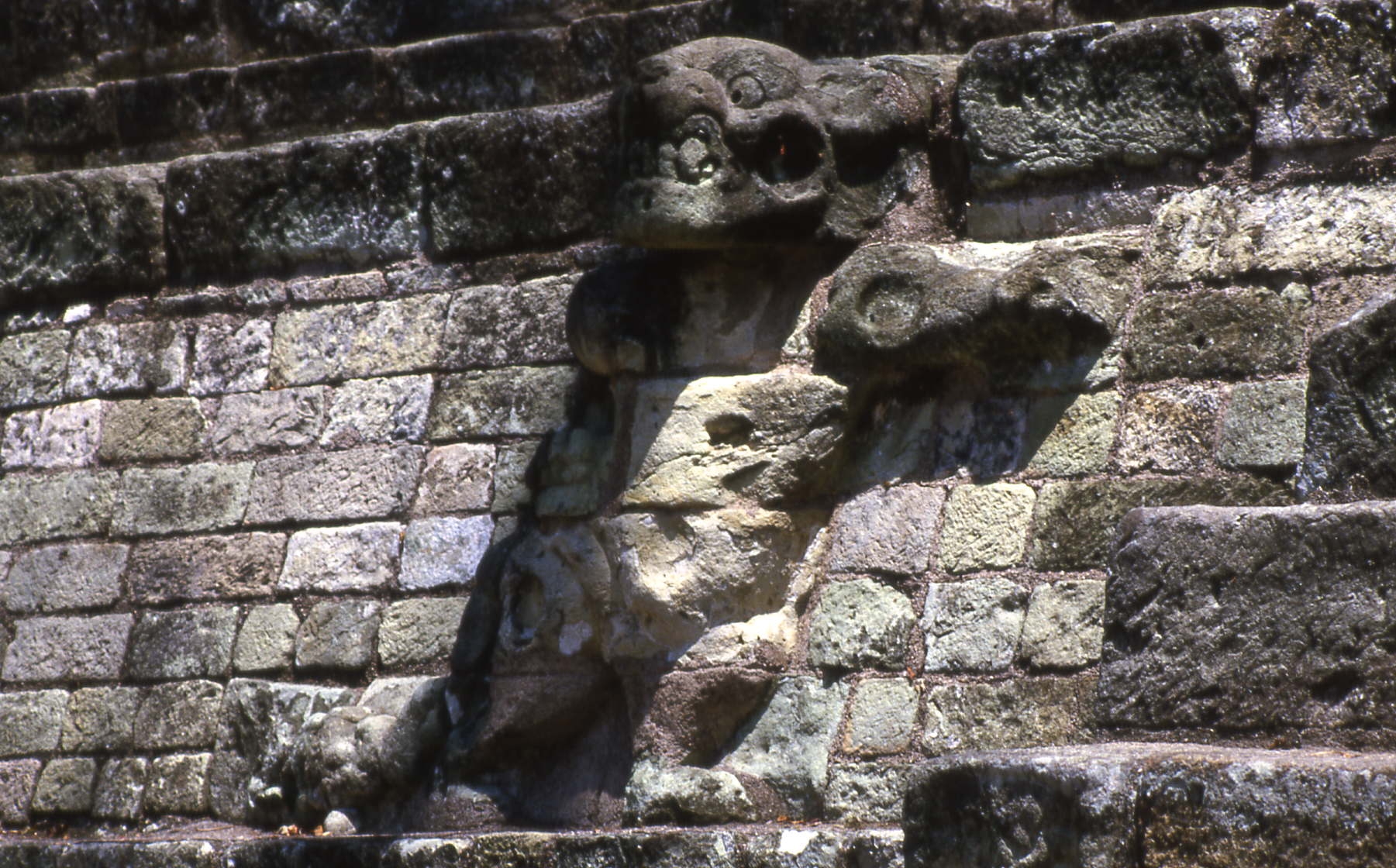
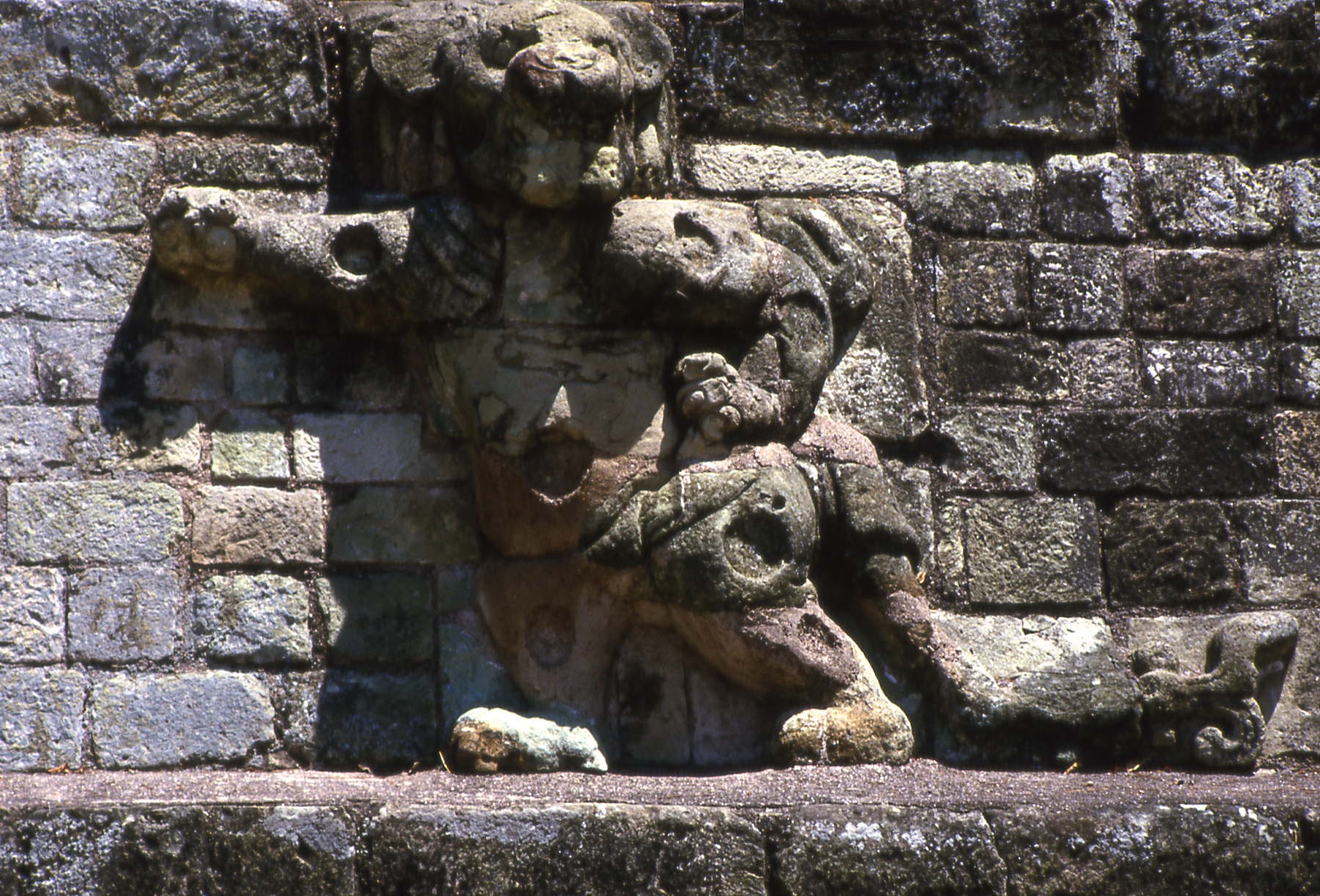
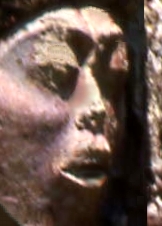
finally - an artist has created a painting, based on the findings of the archaeologists, and the impressions when walking through all the ruins, which shall show the center of once mighty copan my have looked.
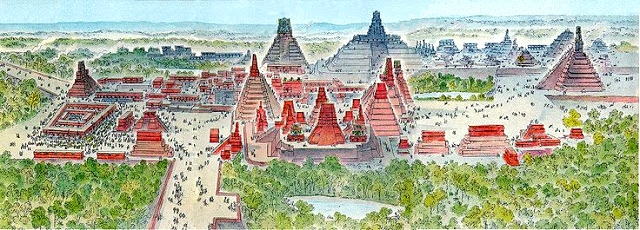
given the enormous richment of monuments and art pieces in copan, it was declared a unesco world heritage site in 1980.
